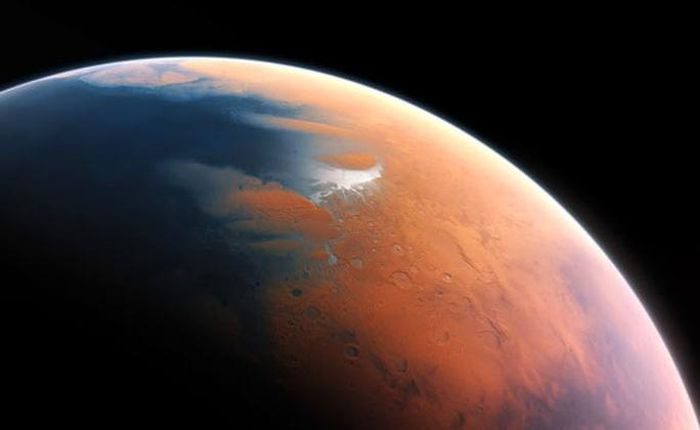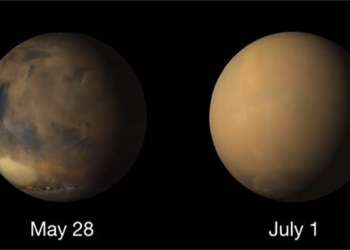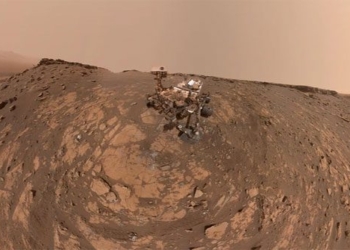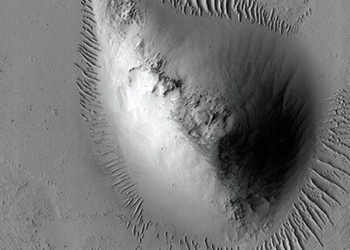That is Mars, the sibling of Earth, according to new research from Washington University in St. Louis, USA.

Mars – (Photo: NASA).
“Mars’s fate was determined from the very beginning. There may be a threshold size requirement for rocky planets to retain enough water to support life and plate tectonics,” said senior author Dr. Kun Wang, a researcher in the Department of Earth and Planetary Sciences.
According to Sci-News, they used stable isotopes of potassium to estimate the presence, distribution, and abundance of volatile elements across various planets and celestial bodies. As a result, they discovered that Mars lost more potassium and other volatiles than Earth since its formation, but retained more volatiles than the Moon and the asteroid 4 Vesta, two drier bodies than Earth and Mars.
Mars was identified as being wetter than Earth 4 billion years ago, but unfortunately, the smaller the size of a rocky object, the harder it is to possess the appropriate chemical conditions and atmosphere to retain water.
Thus, Mars has evaporated and become barren, much like the Moon.
The study recently published in Proceedings of the National Academy of Sciences promises to provide a new screening criterion in the search for habitable planets. Clearly, to retain water, rocky planets also need to be of sufficient size.





















































